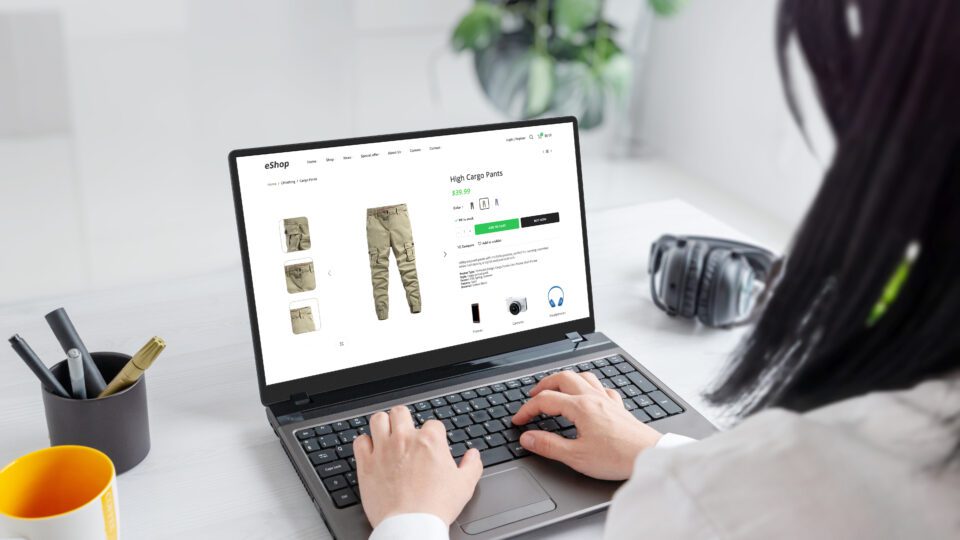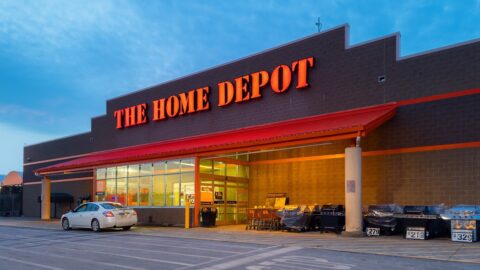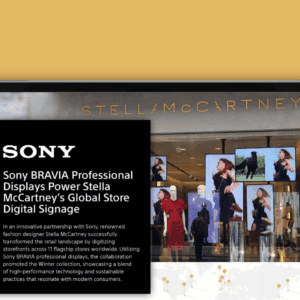Omnichannel is the new reality for brands and retailers of all sizes and product types. Results from Retail TouchPoints’ annual Omnichannel & Fulfillment Survey show that most respondents conduct business through an average of three different channels — and for 35% of them, marketplaces are critical to building brand awareness and driving business growth.
In fact, from a pure revenue standpoint, approximately 50% of respondents said their marketplace results improved slightly or significantly over the past 12 months. Among the growing group of brands investing in marketplaces, there are three overarching benefits:
Brand Visibility and Awareness
Perhaps the most significant benefits are tied to brand visibility and awareness. In fact, 61% said selling products through marketplaces gives them access to a much wider (and arguably larger) customer base. Additionally, 45% said marketplaces offer them more brand exposure. Indeed, 30% of consumers said they buy from online marketplaces a few times a month, while another 20% buy from them a few times a week, according to Bizrate Insights.
Of course, the marketplace landscape is dominated by the big players (also known as “everything stores”) like Amazon, Walmart and Target. However, 70% of consumers prefer shopping with specialized marketplaces over their mass counterparts, according to Boston Consulting Group. For their part, brands gain the opportunity to expand their marketplace strategies and get in front of more specific communities.
Advertising and Data Access
As brands expand their reach on different marketplaces, they will get access to different data and insights, including (but not limited to) sales trends, customer behavior and keyword performance; 33% of brands noted this being a major benefit of selling through marketplaces. Of course, different marketplaces provide different KPIs, but they can help brands unlock rich insights into how their products are performing and what different marketplaces audiences prefer.
These insights also can support brands’ retail media strategies, which 53% of respondents added to their marketing and advertising mix over the past year. According to Emarketer, U.S. omnichannel retail media ad spending grew 20.4% in 2024 to $52.3 billion, making it the fastest-growing ad channel.
Only two companies (Amazon and Walmart) represented 84.2% of retail media digital ad spending throughout the year. However, we also saw Home Depot, Best Buy and Lowe’s expand their capabilities to include more robust targeting, while Instacart, Hy-Vee and others are building out their in-store media opportunities. Even legacy retailers like Macy’s are exploring what retail media formats and experiences look like in the context of their omnichannel experiences, giving brands more opportunities to get in front of highly targeted audiences.
Operations and Logistics
Marketplaces don’t just help brands reach more people and acquire more business. In many cases, they provide the tools and robust functionality many brands need to bolster their operations, especially delivery and fulfillment. In fact, 60% of respondents said all marketplace orders are managed through their marketplace providers.
To that end, 35% of survey respondents said selling on marketplaces allows them to offer faster and more cost-effective shipping. Moreover, 28% said selling through marketplaces means they don’t need to put in as much logistical effort to get products to customers quickly and efficiently.
When marketplaces manage logistics, brands can tackle some of their most daunting last mile and fulfillment challenges, including: keeping pace with rising shipping costs (56%), handling customer queries and complaints effectively (49%), and managing customer expectations of free and low-cost shipping (47%). Partnering with a marketplace also means brands don’t have to manage the returns process, which is another growing challenge.













